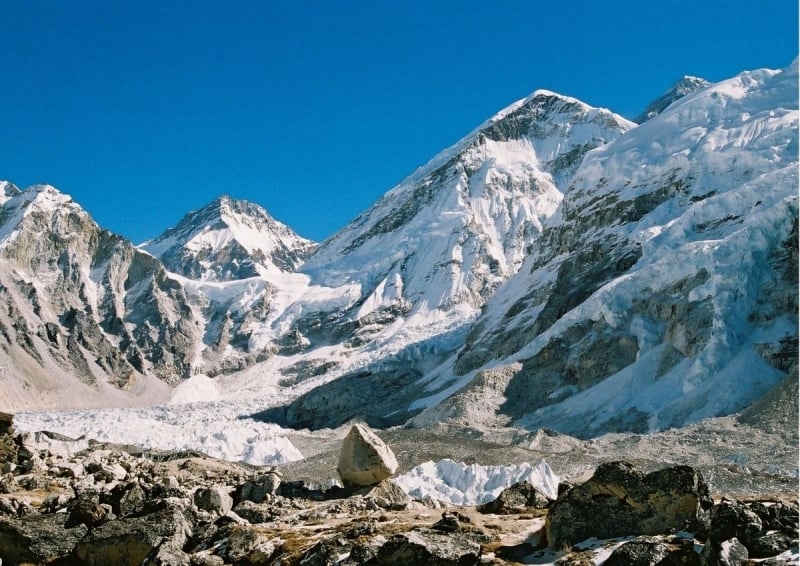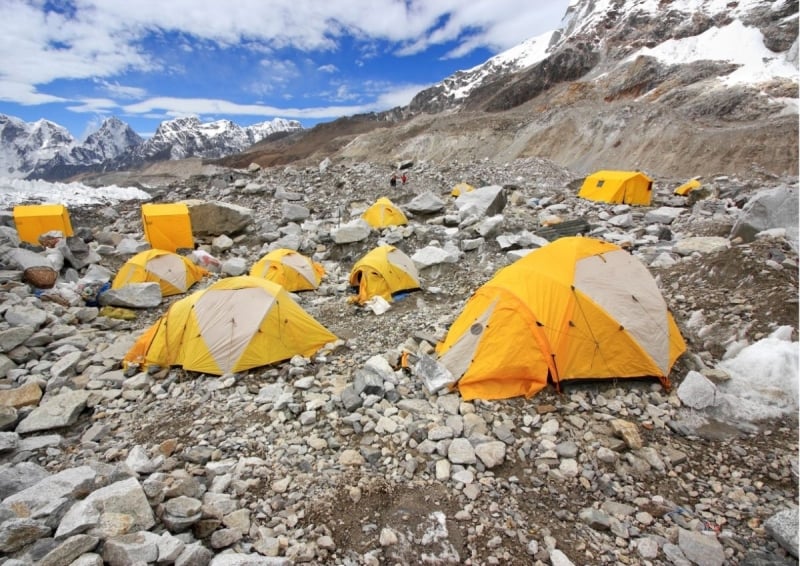Mount Everest, the world’s highest peak, is a symbol of human achievement. However, beneath its breathtaking faced lies a growing environmental crisis: the overlooked accumulation of waste.
Also read: Everest 2024: Nepal to Require Tracking Chip for Climbers
A mountain of trash on the world’s highest mountain

Image credit: Mark Green’s Images via Canva Pro
Each year, thousands of climbers and trekkers descend upon the Everest Base Camp, leaving behind a trail of discarded hiking gears, food packaging, and human waste. The influx of visitors has already led to a significant increase in population, with an estimated 200 tons pf waste generated annually.
The challenge of cleaning up
Attending to the seemingly worsening Mount Everest waste management is a daunting task. For one, the extreme altitude is already a challenging peak, with the harsh weather and remote location making it all the more difficult to clean up. Traditional methods of waste management are simply not doable in such an environment as this. So, trash just keep piling up with no one to clean it up.
Technological solution in the talks
To address this concerning issue, innovative solutions are currently in the talks. One initiative is the NeverRest Project, which aims to leverage technology to reduce Mount Everest’s environmental footprint.
By combining engineering and environmental science, the project seeks to develop sustainable waste management solutions, such as portable sanitation facilities and efficient waste disposal systems. These tech innovations could significantly reduce the amount of waste left behind by climbers and trekkers.
The dirtiest places on Mount Everest

Image credit: Maciej Bledowski via Canva Pro
Two of the most polluted areas on Mount Everest are Camp 4 and the Gorakshep landfill.
- Camp 4: Located at a staggering 7,900 metres, Camp 4 is a hazardous zone where collecting waste is almost impossible because of its extreme altitude and unpredictable weather conditions.
- Gorakshep landfill: This one’s hidden from view, posing a significant problem as it serves as the primary dumping ground for most of the trash and human waste generated by treks and hikes.
A call for action and responsible tourism
The growing problem of Mount Everest waste management highlights the urgent need for responsible tourism and sustainable practices. By supporting initiatives like the NeverRest Project and making conscious choices as tourists, we can help preserve the pristine beauty of this iconic mountain for generations to come.
Also read: 7 Hotels That Give You Incredible Mountain Views
In a world experiencing constant climate change day by day, it is imperative that we recognise the delicate balance between human exploration and environment conservation. By taking immediate action, we can help lessen the impact of human activity on Mount Everest and ensure that this majestic destination remains a symbol of both human achievement and environmental responsibility.
Featured image credit: DanielPrudke via Canva Pro




